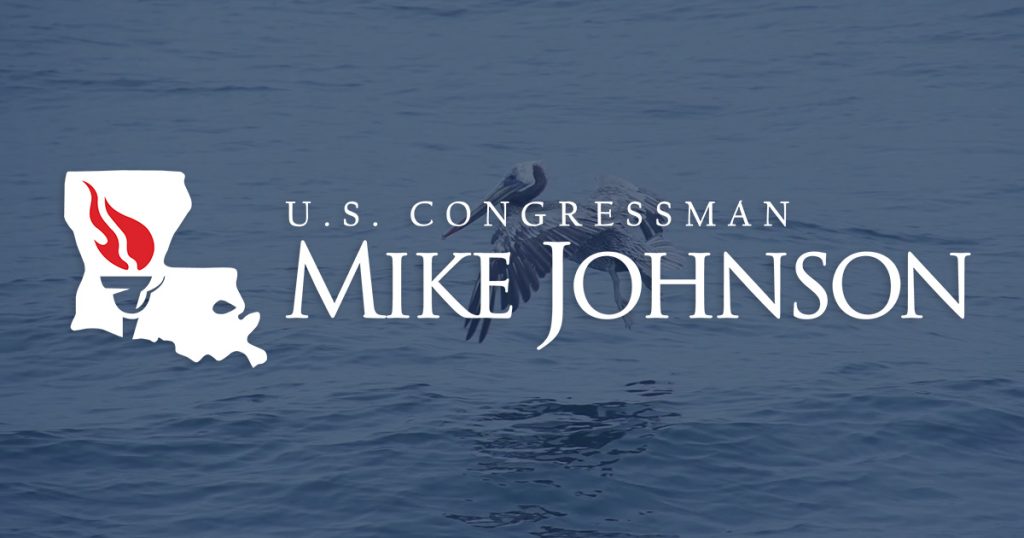Listen to the article
Congressional Republicans are pushing back against what they call a misleading Democratic narrative surrounding the potential government shutdown, citing recent coverage from The New York Times as validation of their position.
The dispute centers on appropriations bills that must be passed to fund the government before the September 30 deadline. House Republicans point to a New York Times report that acknowledges their chamber passed seven of the twelve required appropriations bills, while the Democrat-controlled Senate has yet to pass any.
“House Republicans have done our job,” said House Speaker Mike Johnson in a statement. “We’ve passed seven appropriations bills through regular order, while Senate Democrats haven’t passed a single one.”
The disagreement highlights the ongoing partisan divide in Congress over federal spending priorities. Republicans are emphasizing their progress on passing individual funding bills, while Democrats have criticized the content of those bills, arguing they contain partisan policy riders and inadequate funding levels for key programs.
According to the Times report, the Republican-led House has approved funding measures for Defense, Homeland Security, State and Foreign Operations, Legislative Branch, Military Construction and Veterans Affairs, Agriculture, and Interior and Environment. The remaining five bills—covering Transportation-HUD, Labor-HHS-Education, Commerce-Justice-Science, Financial Services, and Energy and Water—have yet to receive floor votes in either chamber.
The Senate, under Democratic control, has taken a different approach. Rather than passing individual appropriations bills, Senate leadership has focused on developing a continuing resolution (CR) that would temporarily extend current funding levels to avoid an immediate shutdown while negotiations continue.
“What we’re seeing is two fundamentally different strategies for approaching the appropriations process,” explained Dr. Sarah Coleman, a political science professor at Georgetown University. “The House is taking a piecemeal approach with individual bills that satisfy their base, while the Senate is looking for a stopgap measure to buy more time.”
Funding disputes between the chambers extend beyond procedure to substantive policy differences. House Republican bills include provisions addressing border security, transgender rights, and abortion—issues that Senate Democrats consider non-starters.
The Times report noted that neither chamber appears likely to complete all twelve appropriations bills by the deadline, making some form of temporary funding measure necessary to avoid a shutdown.
Government shutdowns have become increasingly common in recent decades, with significant disruptions occurring in 2013, 2018, and 2019. The economic impact of shutdowns includes furloughed federal workers, delayed services, and ripple effects throughout industries that contract with the government.
Markets typically react negatively to shutdown threats, with the uncertainty often leading to increased volatility in stocks and bonds. Federal contractors and businesses dependent on government services face particular challenges during funding lapses.
Both parties have begun the familiar ritual of assigning blame ahead of the potential shutdown. Republicans cite their passed bills as evidence they’re working toward solutions, while Democrats argue those bills contain poison pills designed to provoke veto threats from President Biden.
“This is political theater we’ve seen before,” said political analyst Robert Stevenson. “Neither side wants to be blamed for a shutdown, but neither wants to make significant concessions either. The result is usually a last-minute compromise that kicks the can down the road.”
With the deadline approaching, attention turns to whether leadership in both chambers can negotiate a temporary funding measure. A short-term continuing resolution would provide additional time for compromise, though the fundamental disagreements over spending levels and policy priorities would remain unresolved.
Federal agencies have already begun preparing contingency plans, as required by law, to identify essential personnel who would continue working during a potential lapse in funding.
As Washington approaches another fiscal cliff, the appropriations process continues to highlight the deep polarization in Congress and the challenges of governance in a divided government.
Fact Checker
Verify the accuracy of this article using The Disinformation Commission analysis and real-time sources.



